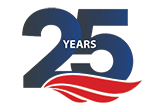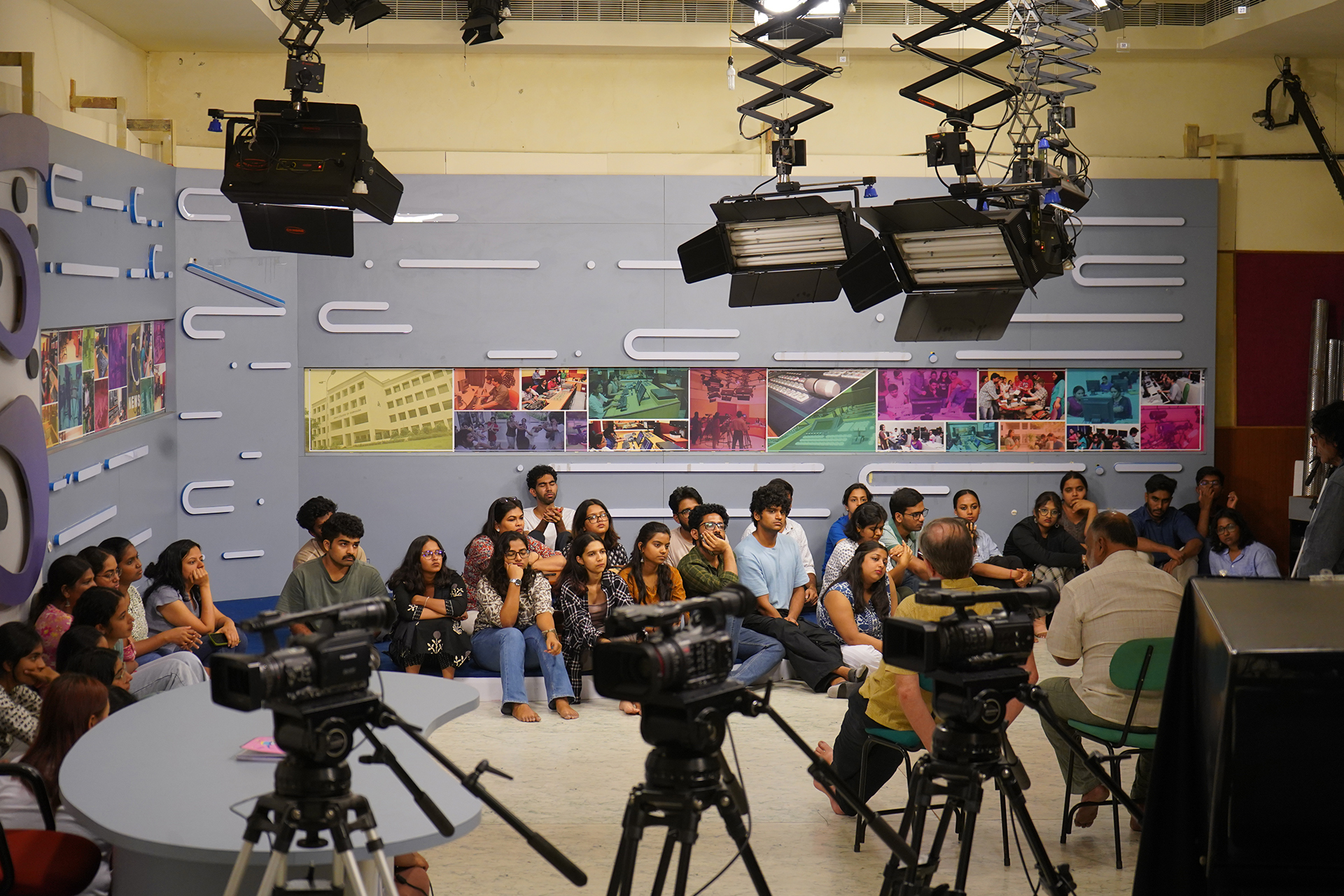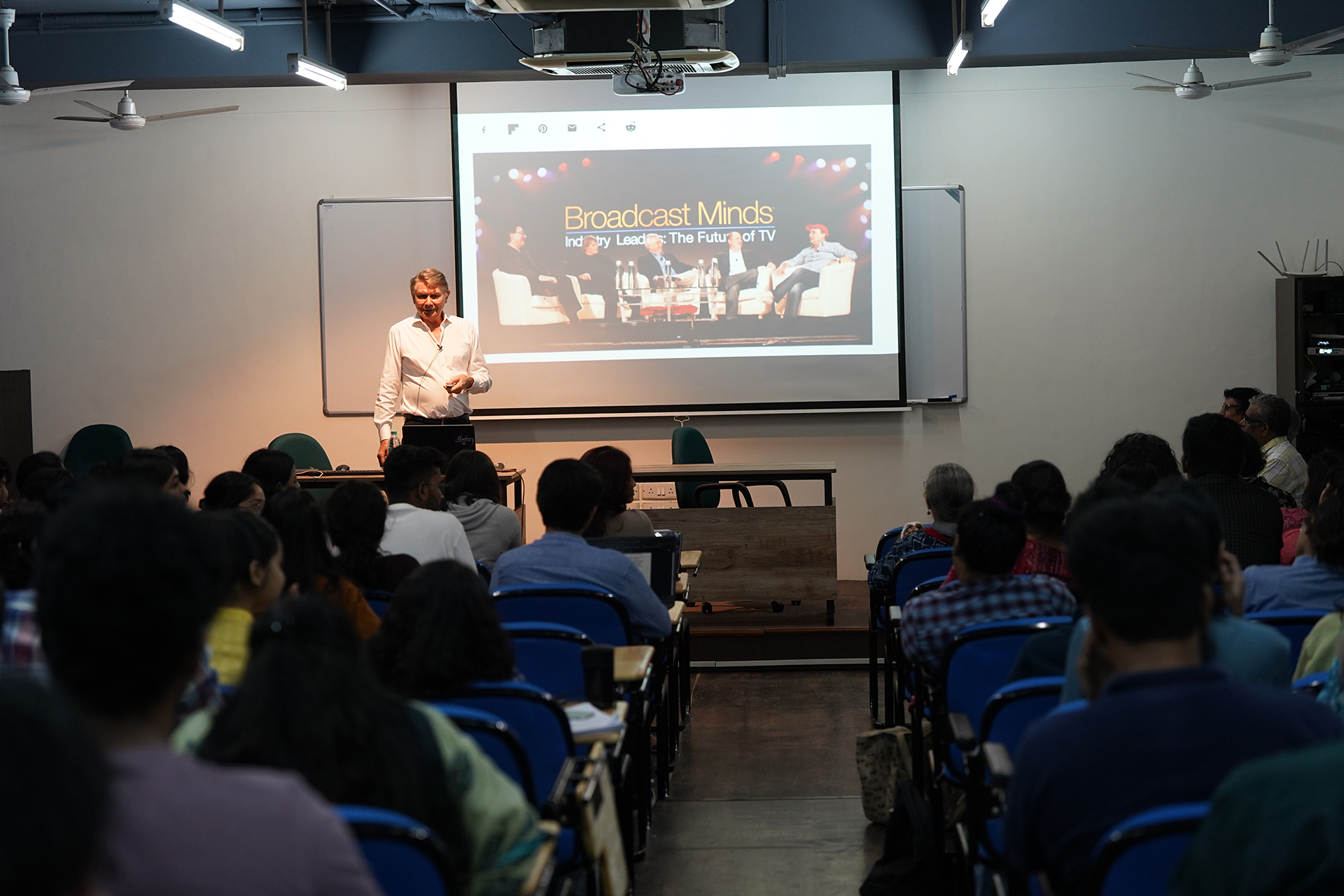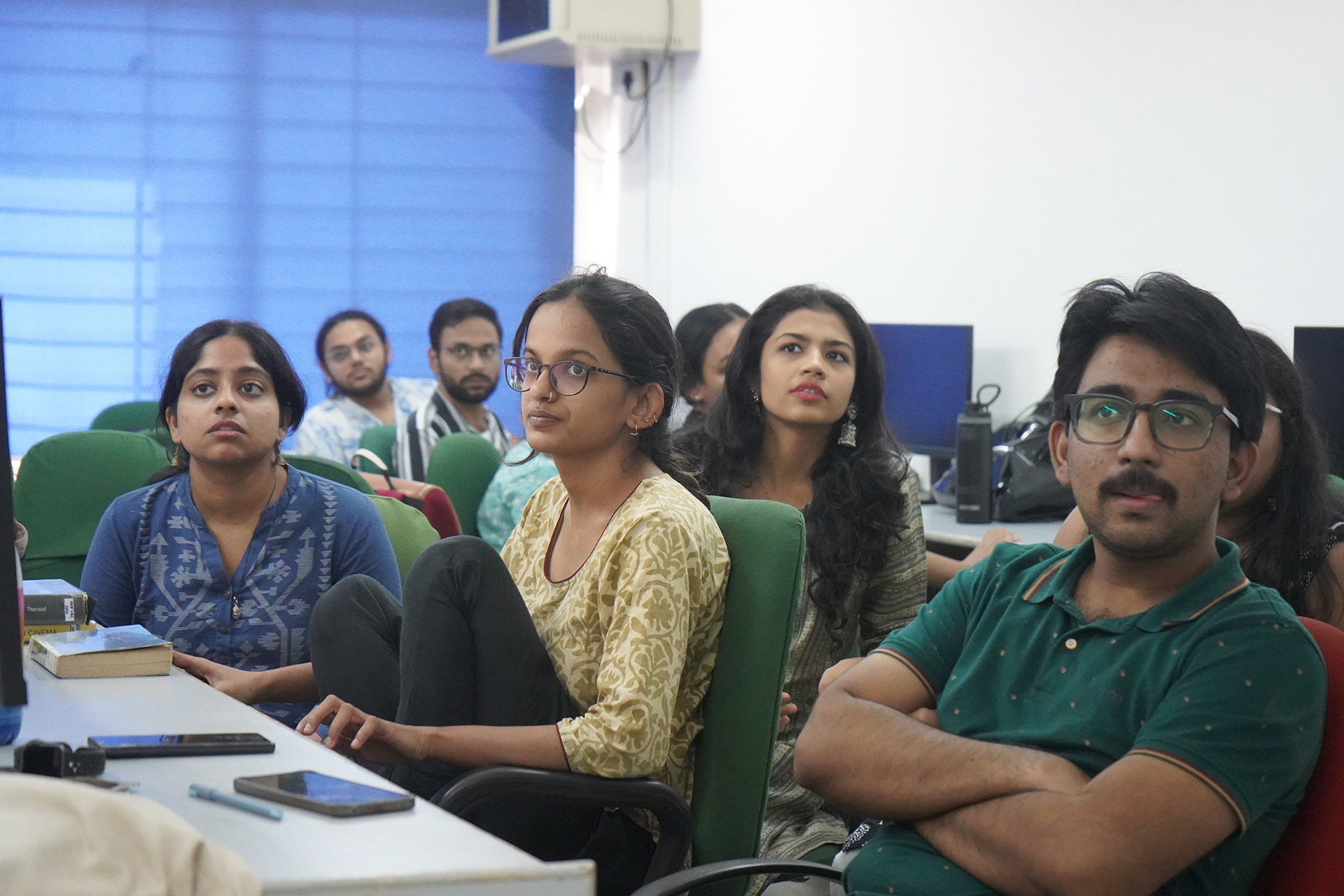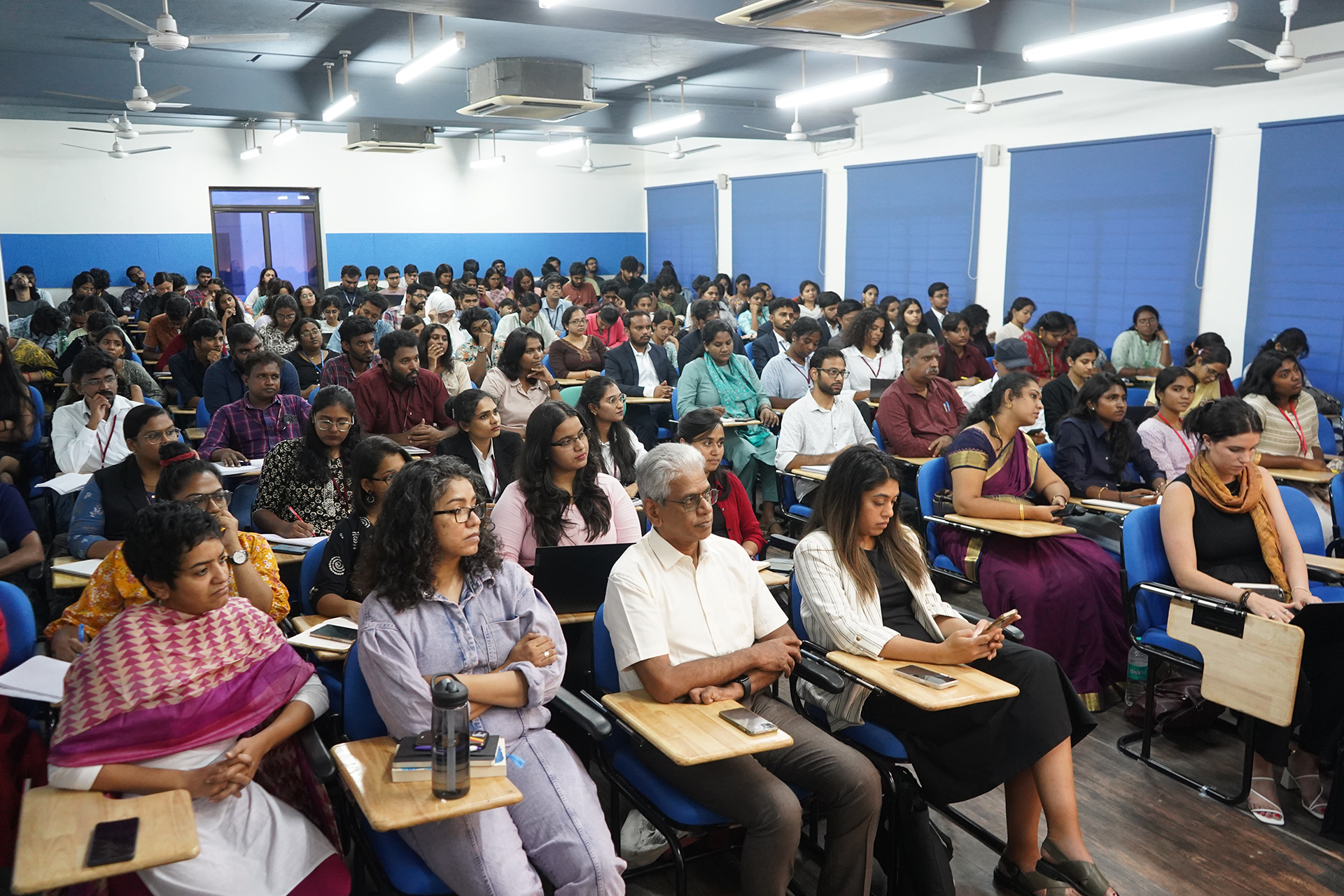Key Issues Part I
This intellectually-demanding course deals with substantive issues of current relevance. Students are expected to read and discuss in class a set of readings by M.K. Gandhi, V.D. Savarkar, B.R. Ambedkar, Jawaharlal Nehru, Rabindranath Tagore, Martin Luther King, Rammohan Roy, Tarabai Shinde, Periyar, Islamic feminists, Karl Marx and Friedrich Engels. The readings will also include a Socratic dialogue, a Federalist Paper, and the Declaration of the Rights of Man in revolutionary France. There will be short presentations in class by all students based on these readings. The course will end with an open-book exam in mid- September. The idea of this course is to encourage students to read some basic texts that will widen their horizons and help them raise the right questions as professional journalists.
Key Issues Part II
The second part of the Key Issues’ curriculum comprises lectures delivered as part of a colloquium or seminar or workshop, or even as single special lectures, that all students are expected to attend. The open-book exam for Key Issues Part II will be held in mid-February.
Media Perspectives
The course helps students understand different aspects of their future profession. Subjects include the role of journalists in society, the ethical decisions they are called upon to make, the value of media diversity and pluralism, the effects of concentration of media ownership, and the impact of technological change. It helps them to keep abreast of current debates relevant to the media such as the intersection of media, technology, and the law in areas like Intellectual Property Rights (IPR), free speech, or Artificial Intelligence (AI).
Tools of the Modern Journalist
Technological transformation and other developments in society and the economy bring about profound changes in work practice, making new demands on the capabilities and equipment of contemporary journalists. Included in this course are segments on Photojournalism; News and Numbers; and Sourcing Information.
In the Photojournalism course, among several other things, students learn about camera basics and the factors to be kept in mind for a photo-shoot. They will also study the works of well-known photo-journalists and learn about the different genres of photography.
The News and Numbers course introduces students to the statistical principles which underlie the numbers used in the media. Students get an understanding of how data is collected, interpreted and presented. They pick up the ability to analyse and evaluate numerical data.
Newspaper design is an integral part of the skillset of a multimedia journalist. In this module, students are taught the fundamental principles of newspaper design, and introduced to a professional page design software (InDesign). They are taught how to work with stylesheets, cutouts and handle graphics/elements. After hands-on, practical imparting of skills, students try their hand at producing news and feature pages. The page design skills are used for producing broadsheets and tabloids later in the course.
Under Sourcing Information, students learn how to identify and cultivate sources; pick up tips from reliable sources for possible scoops; and evaluate leaks from disgruntled employees and whistleblowers. They learn the importance of analysing data in documents and to carefully look for gaps and inconsistencies.
The Media, Law and Society
This course considers a whole range of laws that apply to the various media in India, focusing on their impact on the media. Special attention is given to the freedoms guaranteed under Article 19 of the Constitution and to concerns of restrictions on freedom of speech and expression. Students from abroad are encouraged to examine the difference between Indian laws and similar laws in their own countries. The course also serves to introduce students to courtroom and police station procedures.

